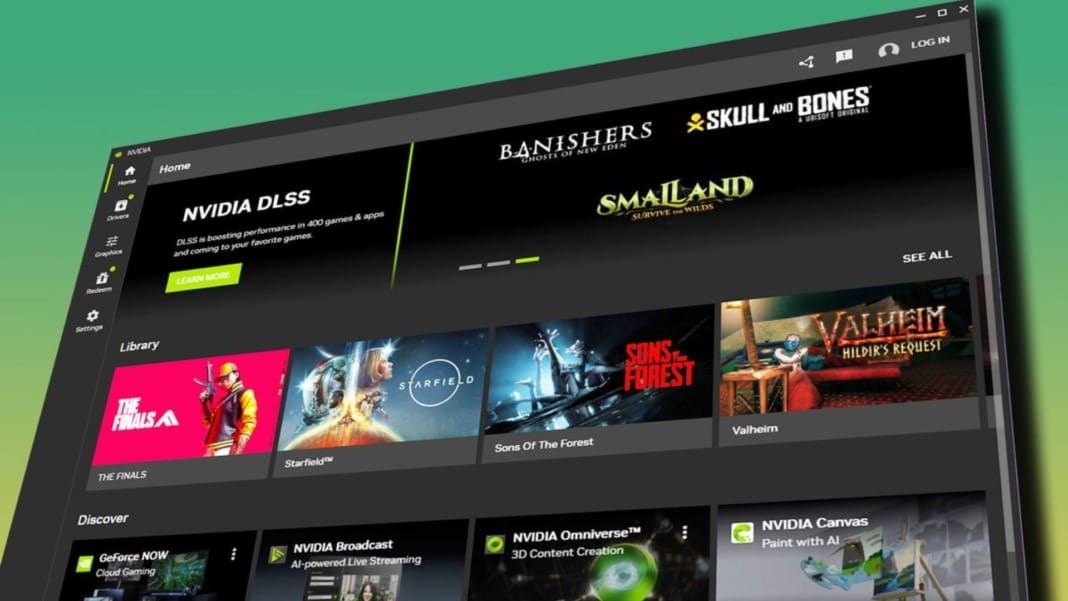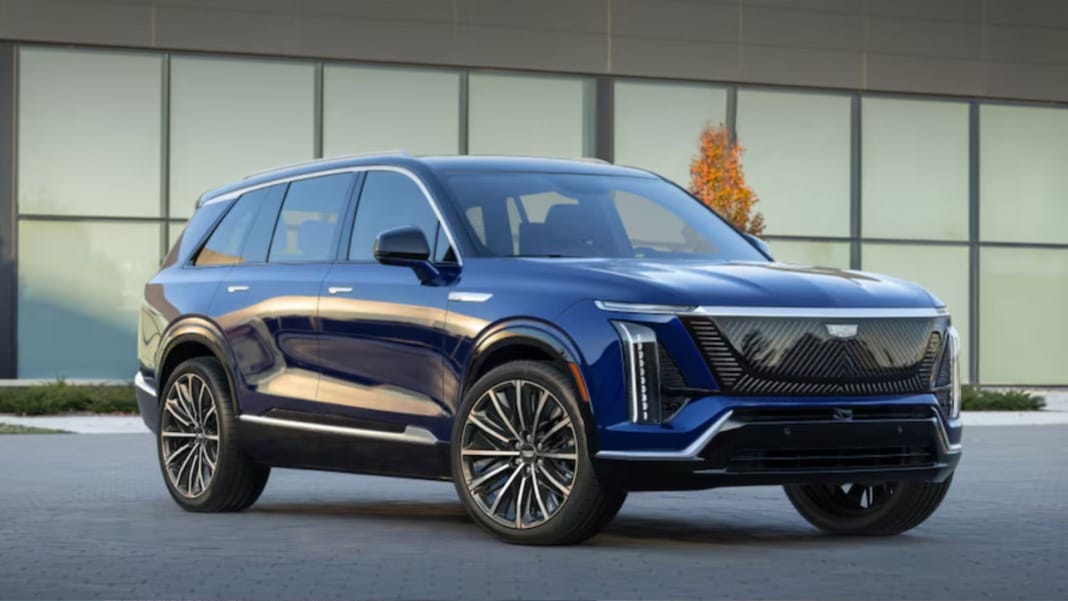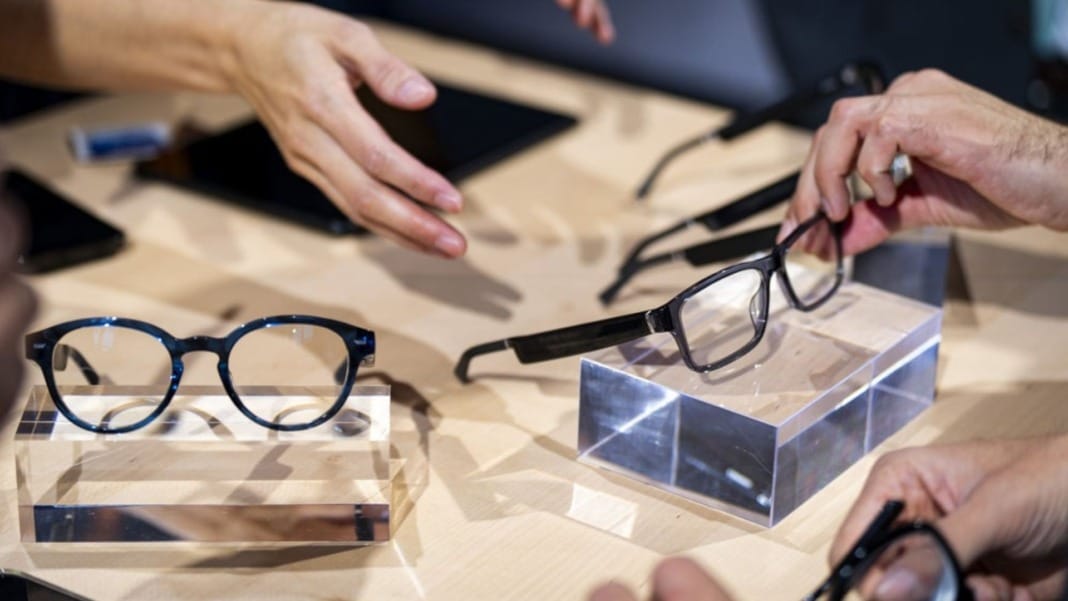Nvidia has officially released its all-in-one app, ending its legacy GeForce Experience and Control Panel apps. This marks the completion of Nvidia’s shift to a modern, centralised app that supports its graphics card users in an easier, more accessible way. First launched in beta around a year ago, the Nvidia app aimed to serve as a comprehensive tool for managing graphics cards, including driver updates, performance tweaks, and game optimisations. This full release now provides additional features that enhance user experience.
Driver management made simpler and more user-friendly
Driver updates were one of the original draws of the Nvidia app. Previously, users needed GeForce Experience and an Nvidia account to download and install drivers for their graphics cards. If you chose not to create an account, you were left to search for driver updates – a time-consuming process manually. Now, with the new Nvidia app, all users can download the latest drivers and receive update notifications without needing an Nvidia login.
Nvidia recently introduced a driver rollback feature to its app as an added improvement. This allows users to revert to previous driver versions if they encounter bugs or performance issues with a new update. This feature benefits gamers and professionals using specific hardware setups, as new drivers can sometimes affect performance unexpectedly. This option for easy rollbacks is a welcome addition that goes beyond the capabilities of GeForce Experience, which could have offered a more straightforward solution.
While signing in is no longer necessary for general use, those who do opt to log in can access Nvidia’s “bundles and rewards,” which may include special offers and gaming perks.
Packed with performance tools and integrated Nvidia software
The Nvidia app doesn’t just cover driver updates – it consolidates a range of tools previously spread across GeForce Experience and the Nvidia Control Panel. Nvidia has also integrated additional software tools, allowing users to launch apps like Nvidia Broadcast, FrameView, ICAT, and ChatRTX directly from the Nvidia app. This hub-like approach provides greater ease of use, putting all Nvidia utilities in one place and ensuring users have fast access to tools designed to enhance graphics, streaming, and performance.
As part of the app’s revamp, Nvidia has improved features that are popular with GeForce Experience users. For example, the redesigned overlay is faster and more responsive. Users can check system stats, track real-time performance, and even capture screenshots and videos with an updated instant replay feature. Nvidia has also included new codecs like AV1, specifically for gameplay recording, which ensures better quality and efficiency when capturing gaming moments.
New features bring Nvidia closer to a unified graphics experience
To keep up with competitor AMD, which offers a unified app through Radeon Software, Nvidia has now consolidated features like RTX HDR and RTX Dynamic Vibrance into the Nvidia app. These new tools, powered by artificial intelligence, function like customisable filters, enhancing game visuals by adjusting brightness, colour vibrancy, and contrast for a more immersive experience. For gamers, these features can make a noticeable difference, especially in graphics-heavy titles, by optimising visual quality without affecting performance.
This new release signals Nvidia’s commitment to creating a unified app experience for its users. The company confirmed that all GeForce Experience and Nvidia Control Panel features have been successfully integrated into the Nvidia app. Soon, the Nvidia app will be offered as an optional download alongside driver updates, mirroring how GeForce Experience was available in the past. This shift to a single, streamlined app is a significant change, and it means that Nvidia is moving in line with modern user expectations for simplicity and convenience in managing their hardware.
With the official release of the Nvidia app, the company has retired GeForce Experience for good, bringing all graphics card management tools under one roof. This change simplifies the user experience and puts Nvidia on par with AMD’s approach. This means a more straightforward way for users to manage drivers, enhance performance, and access various Nvidia tools without needing multiple apps.





